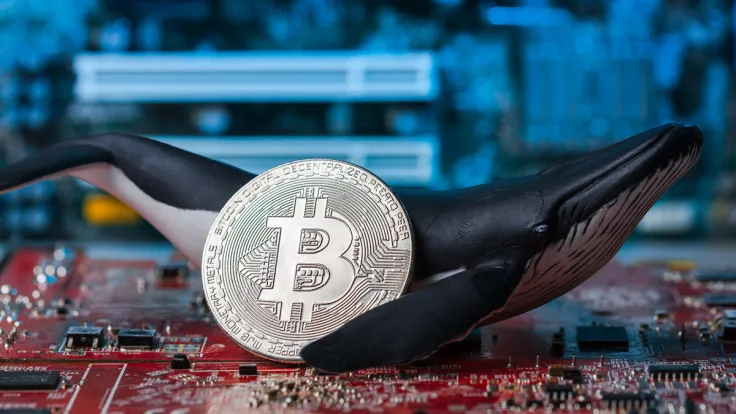
Disclaimer: The opinions expressed by our writers are their own and do not represent the views of U.Today. The financial and market information provided on U.Today is intended for informational purposes only. U.Today is not liable for any financial losses incurred while trading cryptocurrencies. Conduct your own research by contacting financial experts before making any investment decisions. We believe that all content is accurate as of the date of publication, but certain offers mentioned may no longer be available.
A massive Bitcoin whale who held 10,000 BTC since 2015 up until this moment surprised investors, considering the nature of the coins acquired by this type of holder: each and every BTC in the wallet was acquired with the help of illicit activities.
Back in 2014, a large portion of Bitcoin's volume was provided by criminals, money laundering services or citizens who used the cryptocurrency for anonymous payments. A particular part of the criminal volume was stolen or hacked Bitcoins. The whale who moved 10,000 BTC today is related to the 2014 Mt.Gox hack.
7-year-old 10,000 $BTC moved today.
— Ki Young Ju (@ki_young_ju) November 24, 2022
No surprise, it's from criminals, like most of the old Bitcoins. It's the BTC-e exchange wallet related to the 2014 Mt. Gox hack.
They sent 65 BTC to @hitbtc a few hours ago, so it's not a gov auction or something.https://t.co/6LnCxFAJfX https://t.co/YdPrvJafxY pic.twitter.com/Sp2higUqbq
As the on-chain data suggests, 65 BTC from the wallets have been sent to hitbtc cryptocurrency exchange, meaning that criminals are trying to convert or withdraw their digital gold into cash or other kinds of digital assets.
Considering the successful transaction, the exchange did not limit or mark the address as "illegal" or related to criminal activities, despite the existing public data. At this time, it is not clear whether criminals will be able to wash their funds and move them outside of the digital assets industry.
Previously, cryptoquant's CEO described how the movement of ancient funds should not be considered a bullish factor. According to Young Ju, old Bitcoin is either owned by individuals who cannot use KYC services, were minted in the "lawless era" or distributed through small deposits that do not require KYC, causing gradual pressure on the market.
Taking into account the number of ancient Bitcoin whales and smaller addresses, we are going to see a continuous rise in pressure on the market in the form of money laundering operations or non-KYC selling on exchanges that allow deposits without identity confirmation.

 Dan Burgin
Dan Burgin Vladislav Sopov
Vladislav Sopov U.Today Editorial Team
U.Today Editorial Team